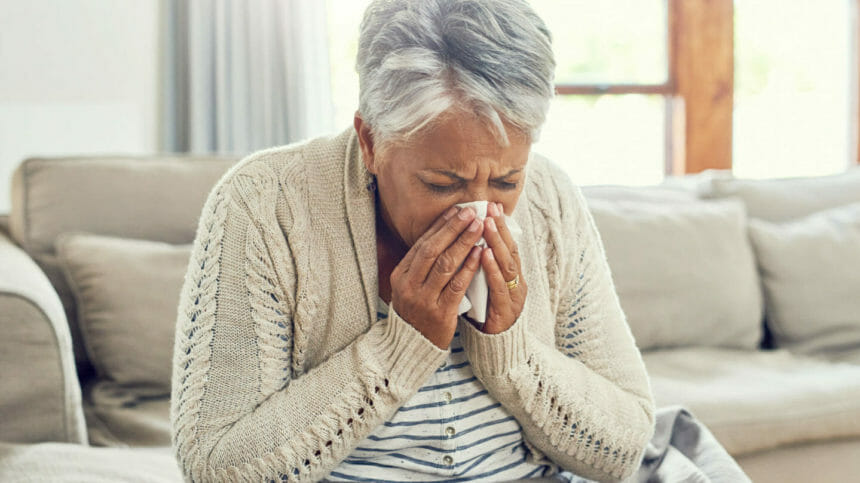Infection
Long COVID symptoms lasted 3 years after infection for half of those infected, study finds
If there’s one thing we know for sure about long COVID it’s that the symptoms can linger. A new study shows just how long symptoms can persist.
When researchers looked at 1,359 people who were released from a hospital in Wuhan, China, between January 2020 to May 2020, they found that 54% of them had at least one symptom three years later. Most of the symptoms were mild to moderate, but there were higher rates of reinfection and pneumonia after the omicron variant came onto the scene, the data showed. The study was published Nov. 21 in The Lancet Respiratory Medicine.
Participants in the study had follow-up visits after they were discharged; they saw doctors at six months, one year and two years after infection. One year after initial infection, people in a control group (who didn’t have a history of SARS-CoV-2 infection) were recruited from the area. At two years, they were matched with COVID-19 survivors and underwent lung function tests.
Of the 1,359 COVID-19 survivors, 54% said they had one or more mostly mild or moderate lingering symptoms three years after having the virus. After omicron emerged in November 2021, 76% of with long COVID at two years had significantly higher rates of reinfection compared to 67% without long COVID; 5% with long COVID at two years had pneumonia compared to 2% of those who didn’t have long COVID,
Three months after omicron infection, 62% of COVID-19 survivors with long COVID at two years had new-onset or worsened symptoms — higher than 41% in the group without long COVID.
Lung function in those who had survived COVID-19 at three years was similar to the people in a control group.
“Although the organ function of survivors of COVID-19 recovered over time, those with severe long COVID symptoms, abnormal organ function, or limited mobility require urgent attention in future clinical practice and research,” the study authors wrote.
Authors of a related commentary published noted that the people studied were from a single center, and there weren’t many COVID-19 survivors studied who were critically ill. “Unfortunately, although various outcomes were measured in uninfected controls, sequelae symptoms were not,” authors of the commentary wrote.

